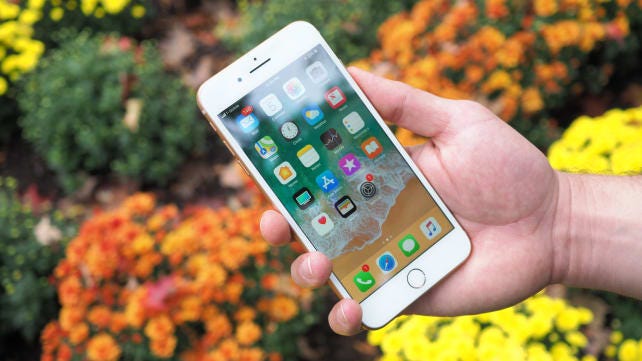

Attendance fell by around 9% in 2018 compared to 2017, and it fell 4% in 2017 compared to 2016. While Black Friday is still the busiest shopping day of the year for brick and mortar stores, foot traffic is decreasing.

(, 2019)ġ2% more Americans are planning to hit pre-Christmas sales in 2019 than in 2018, and the average shopper is expected to spend $397.50. shoppers are planning to take part in Black Friday, Cyber Monday or other pre-Christmas sales in 2019. ( National Retail Federation, 2018)Ĩ6% of U.S. More than 165 million Americans shopped over Black Friday weekend in 2018. Black Friday Weekend Sales Trendsīlack Friday sales hit $717.5 billion in 2018, up 4.3% from the $682 billion spent in 2017. Here are 25 Black Friday and Cyber Monday statistics to keep in mind as you shop this year. The sales frenzy also bled into Thanksgiving itself, with shoppers encouraged to begin their holiday shopping right after downing their turkey dinner. By 2005, Cyber Monday, the Monday after Thanksgiving, was adopted by online retailers to bookend the holiday weekend and rake in even more sales. When it did, it was pushed as a positive, exciting event for both retailers and shoppers. While the term caught on and became part of advertising campaigns for Philly stores, it didn't spread to other states until the late 1980s. City police officers called it Black Friday because they were forced to work extra shifts all weekend to control crowds and thwart shoplifters. Every year, throngs of shoppers came to the city in anticipation of the classic Army-Navy football game. It is an oft-repeated myth that Black Friday got its name because retailers operated “in the red” all year, and the day after Thanksgiving finally brought them “into the black.” However, the real story behind the name dates back to 1950s Philadelphia. The excitement surrounding the parade boosted sales the day after Thanksgiving, and the event soon became a cultural touchstone. In 1924, Macy's kicked off its renowned Thanksgiving Day parade in New York City after seeing the success of Canadian department store Eaton's Santa-themed parade in Toronto, which began in 1905. Retailers have looked forward to the day since President Abraham Lincoln first designated Thanksgiving a national holiday back in 1863, and it slowly increased in importance as the years passed. However, it is now used to mark the frenetic shopping bonanza that takes place on the day after Thanksgiving each year. The term “Black Friday” was originally used to describe a very dark financial day: the American gold market crash of September 1869. We've collected some of the most fascinated statistics that explain Black Friday and Cyber Monday 2019. The sales extravaganza is often the busiest shopping day on the calendar, and it provides the economic backbone for many retailers. Black Friday, the traditional start of the holiday shopping season, falls on Nov.


 0 kommentar(er)
0 kommentar(er)
